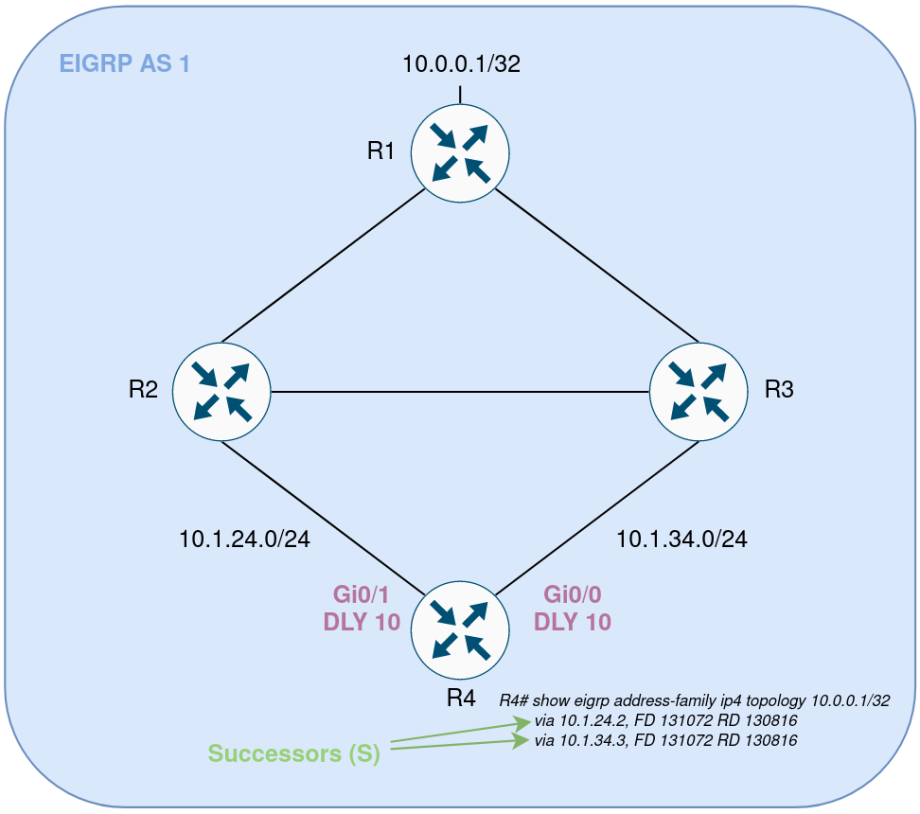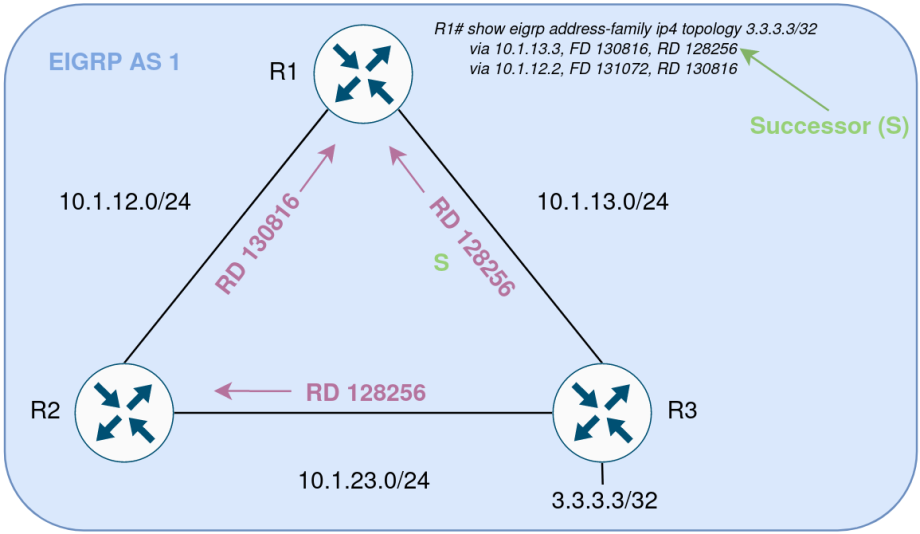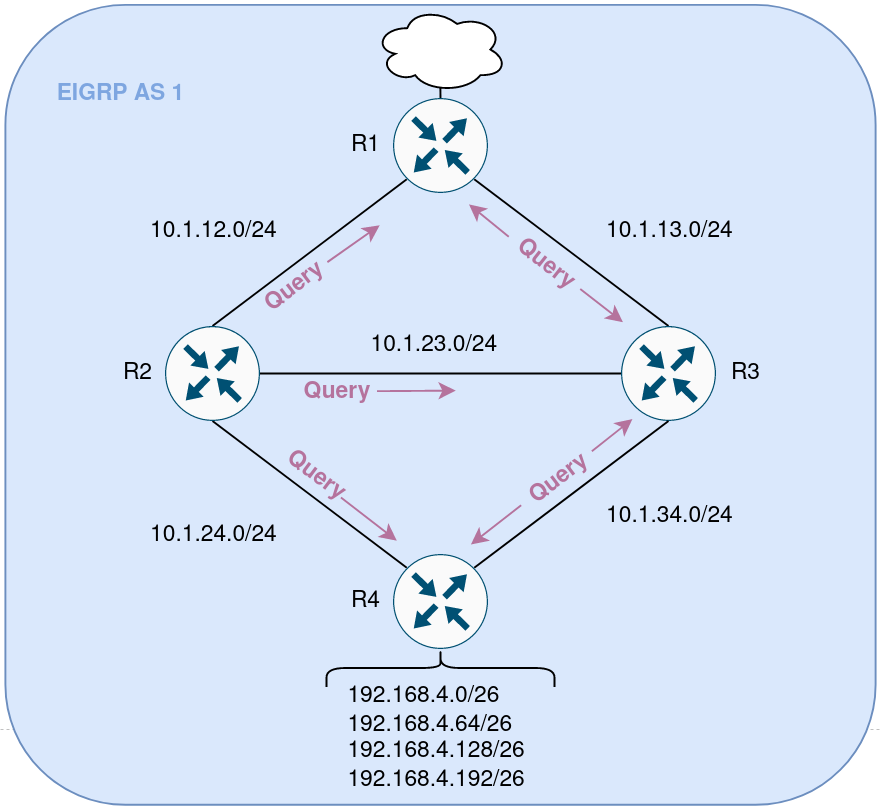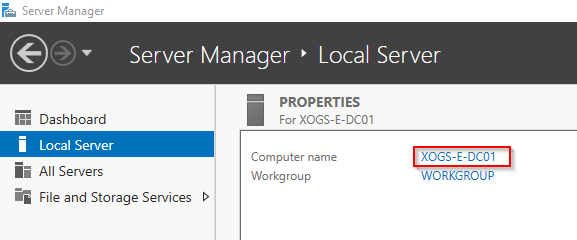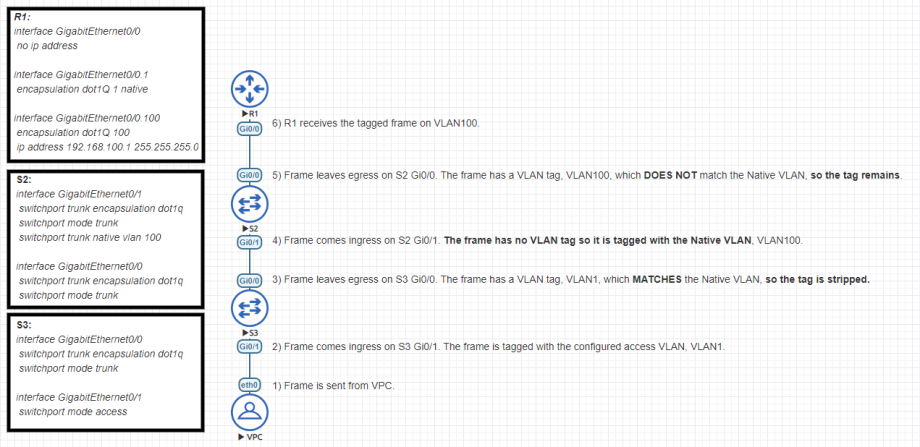EIGRP Multipathing
· ☕ 6 min read
–
By default EIGRP supports and is configured to use equal cost multi-pathing (ECMP). EIGRP also supports unequal cost multi-pathing (UCMP) but must be configured to use it.
Equal Cost Multi-Pathing First lets look at ECMP and how it behaves by default in EIGRP.
